Over the years I have been able to spend considerable time all over Portugal; birding, eating and drinking to my heart’s delight. Well, the eating may have been to my heart’s detriment. Here are my favourite 7 places to go birding in this wonderful country. Are these the best locations? Go and find out yourself!
1. Lezírias de Vila Franca de Xira. Making life easy for myself I can just refer to the earlier posts about this amazing area. Why include it again? No brainer: it is a stunning area with loads of species, loads of individuals and regular vagrants. Think 6000 Glossy Ibis or just the one Siberian Dusky Warbler.
2. Castro Verde. Still not making an effort – see the previous posts. An absolute stonker of a birding site.
3. Cabo Raso. Pretty much on my doorstep. Cabo Raso can be reached along the coastal road from Cascais to Guincho (near Lisbon). It is a cape, with a lighthouse and its claim to fame rests on the proximity of some really deep water close to shore. Expect Northern Gannet, Cory’s Shearwater and Balearic Shearwater with regular appearances of Great, Pomarine and Arctic Skua and maybe the rare Long–tailed Jaeger, Scoters, and increasingly: Yelkouan Shearwater. All northern Atlantic pelagic birds can show up, so with patience and a telescope fun is to be had here.
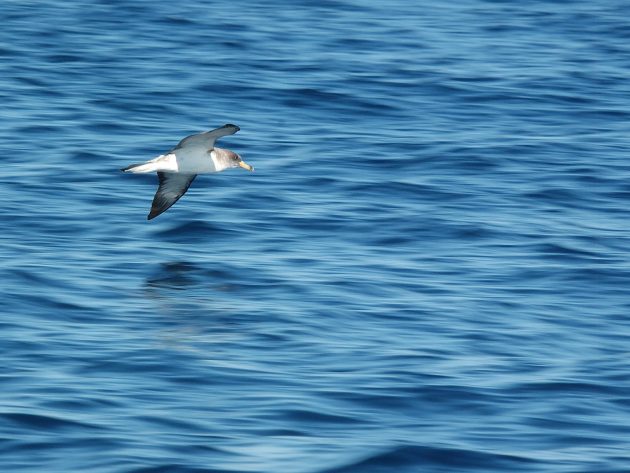
4. Marvão and surroundings. I have not written about this area yet in any of my posts and that is a serious omission. Marvão lies on top of an imposing cliff – its thick walls and strategic position a testament to the troubled times when this fortified village was built. Down in the valley, without any protection whatsoever, the remains of a sizable Roman town. What have the Romans ever done for us? Obviously: public security… The main attractions are the numerous songbirds: Nightingale, Cirl Bunting, Oriole, and all sorts of warblers. The town has resident Blue Rock Thrush. When you drive to Spain to fill up with cheaper petrol, look to the left at the cliffs. Egyptian Vulture roosts here amongst the Eurasian Griffons.
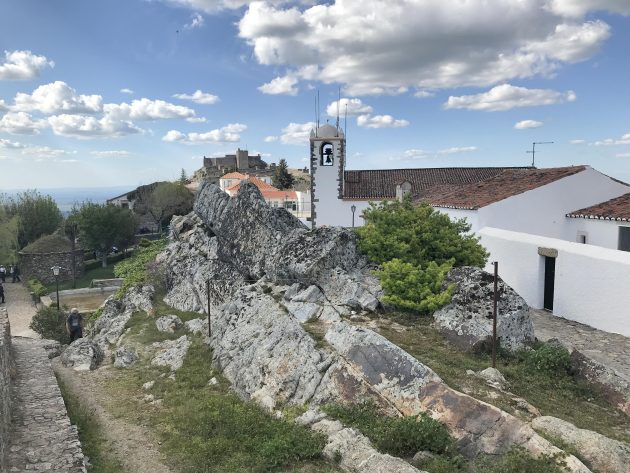
5. Madeira. The official turism strategy in Madeira seems to be geared towards cruise liners and a ridiculously expensive New Year firework display. However, the island has a rich history, breathtakingly beautiful landscapes and a deep, sub-tropical ocean lapping its shores. Not much of the original laurel forests are left but there remains plenty to explore. Here’s a picture of my wife after me spotting the endemic Trocaz Pigeon in the forests and fields high in the hills.
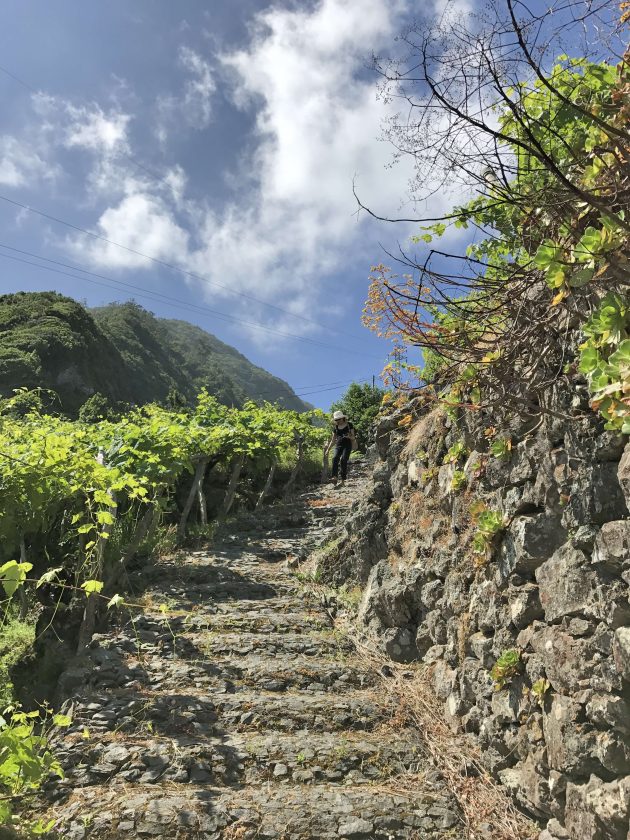
Several of the songbirds have sub-species status (the local Blackcap’s sub-species is called heineken, cheers), with only the Madeira Firecrest being a full species. At sea, Zino’s Petrel, Desertas Petrel, Bulwer’s Petrel and Cory’s Shearwater are reason enough to travel to the island. The first can actually best be seen at night on top of the mountains and the rest on a pelagic out of Machico or a trip to the Desertas Islands. On the latter there will also be Mediterranean Monk Seals to admire. Watch your fingers.
6. The Azores. The whale capital of the world. With 26 species regularly occurring in Azorean waters you will visit for the whales, but there are some good pelagic birds to be seen on the whale trips. You can really annoy the whale-watchers – intent on spotting a Blue Whale or Sperm Whale – by calling out the Sooty Shearwaters.
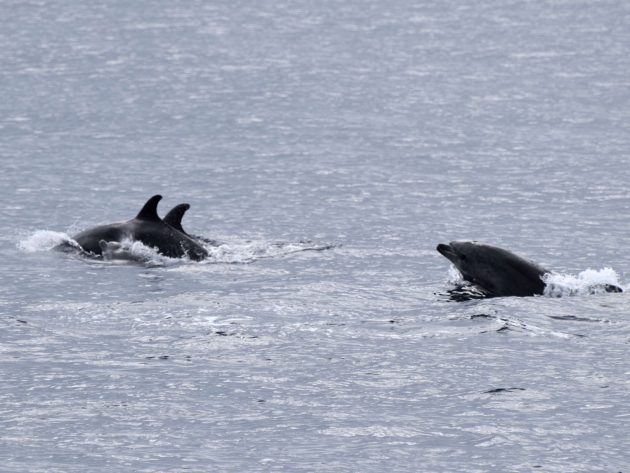
Monteiro’s Storm-Petrel is endemic to the islands. It’s indistinguishable from the Band-Rumped or Madeiran Storm-Petrel. Bring your mitochondrial DNA kit to ascertain which species you are looking at or assume the warm season breeder is Monteiro’s. To know it’s breeding, lie in wait at the Baixo and Praia islets off the coast of Graciosa.
Going to the eastern-most area of São Miguel to spot the Priolo or Azores Bullfinch may be easier. From abundance and pest status with a price on its head to a highly valued protected species and local mascot – things can change over 500 years. Go to the Centro do Priolo and ask the friendly staff for its whereabouts. Tell them I sent you (the staff, not the Priolos). The São Miguel sub-species of Grey Wagtail is arguably the prettiest sub-species of this already gorgeous bird. You will see it more easily than the Priolo, but both are relatively straightforward.
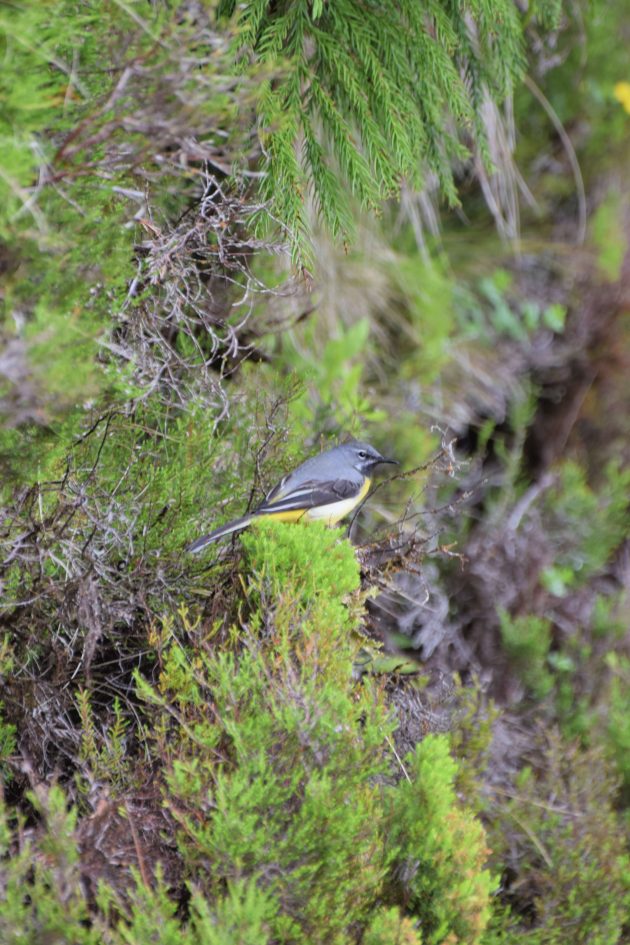
On the way back you can stop in Furnas for Cozido a Portuguesa cooked in an active volcano. The town lies on the bottom of the volcano which in my mind is a location strategy that may not be the wisest in the longer term (ask the townsfolk of Pompei). The food is delicious though.
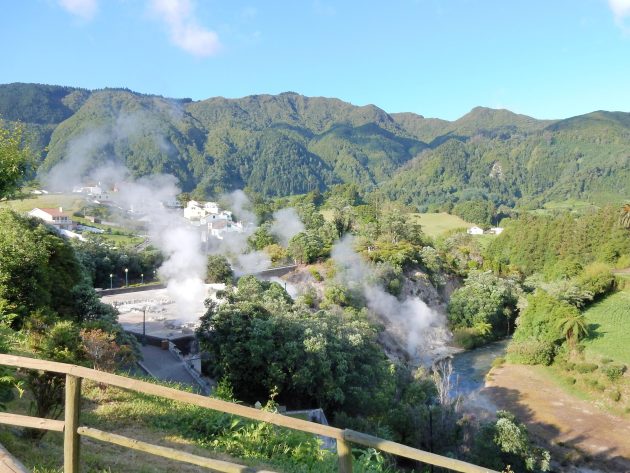
7. The Sagres Bird Festival. SPEA, BirdLife Portugal organises a birding festival every year in the town of Sagres. Pelagics, guided tours, bird ringing sessions, lectures – it’s all there. The festival is always in early October and the passage of the “dumber” birds that missed the crossing at Gibraltar can be amazing. All species of European eagles and vultures, Eleanora’s Falcon, songbirds, you name it. With a strong southern wind, the bushes can be like Christmas trees with birds instead of baubles. Combined with good guiding, fresh local food and friendly locals it is well worth a visit.
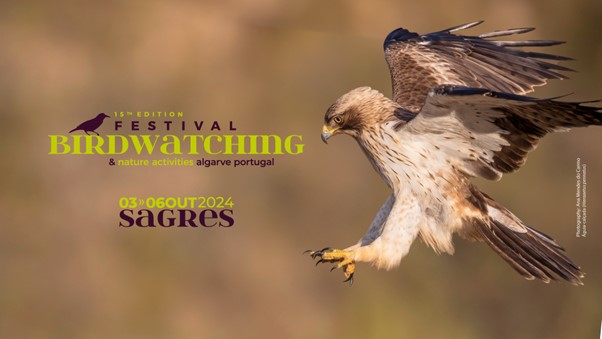
Source link
Facebook
Pinterest
Twitter
LinkedIn

